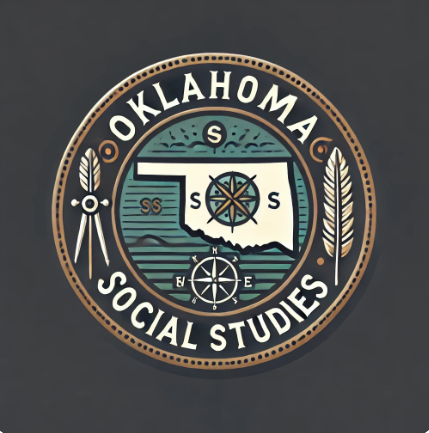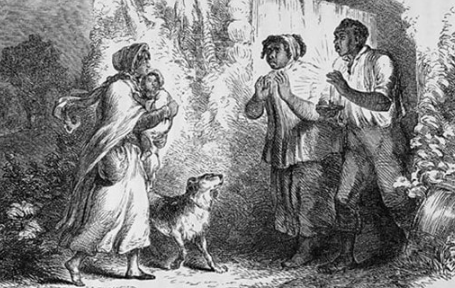“The Lottery” by Shirley Jackson is a powerful exploration of the dark side of human nature and the dangers of blind adherence to tradition. Published in 1948, this short story remains relevant, provoking thought about societal norms and collective violence.
Plot Overview
In a seemingly idyllic village, residents gather for the annual lottery. Each family draws a slip of paper, and the “winner,” Tessie Hutchinson, is stoned to death by the community. This shocking ritual highlights the villagers’ unquestioning compliance with tradition.
Themes and Concepts
Jackson’s narrative delves into several key themes:
- Tradition: The villagers follow the lottery ritual without questioning its purpose or morality, illustrating the perils of unexamined traditions.
- Conformity and Peer Pressure: The story shows how societal pressure can lead individuals to commit atrocities, emphasizing the ease with which people conform to harmful practices.
- Scapegoating: Tessie Hutchinson’s role as the scapegoat highlights the human tendency to project blame onto others to maintain social order.
- Symbolism: The black box symbolizes the persistence of outdated practices, while the stones represent collective violence.
Character Analysis
- Tessie Hutchinson: Initially a complacent participant, Tessie becomes the story’s tragic scapegoat, protesting only when her life is at stake.
- Mr. Summers: The lottery official who represents the authority and normalization of the ritual.
- Old Man Warner: The staunch traditionalist who defends the lottery as a necessary practice.
Conclusion
“The Lottery” remains a poignant critique of societal norms, urging readers to reflect on their own traditions and the potential for cruelty within communities. Jackson’s story challenges us to question blind conformity and the mechanisms of social control.
Additional Resources for Teaching “The Lottery”
For educators, explore this comprehensive resource on Teachers Pay Teachers: Shirley Jackson’s “The Lottery”: The Dark Side of Tradition – A Critical Analysis. This guide offers detailed lesson plans, activities, and assessments to engage students and deepen their understanding of Jackson’s classic story.



